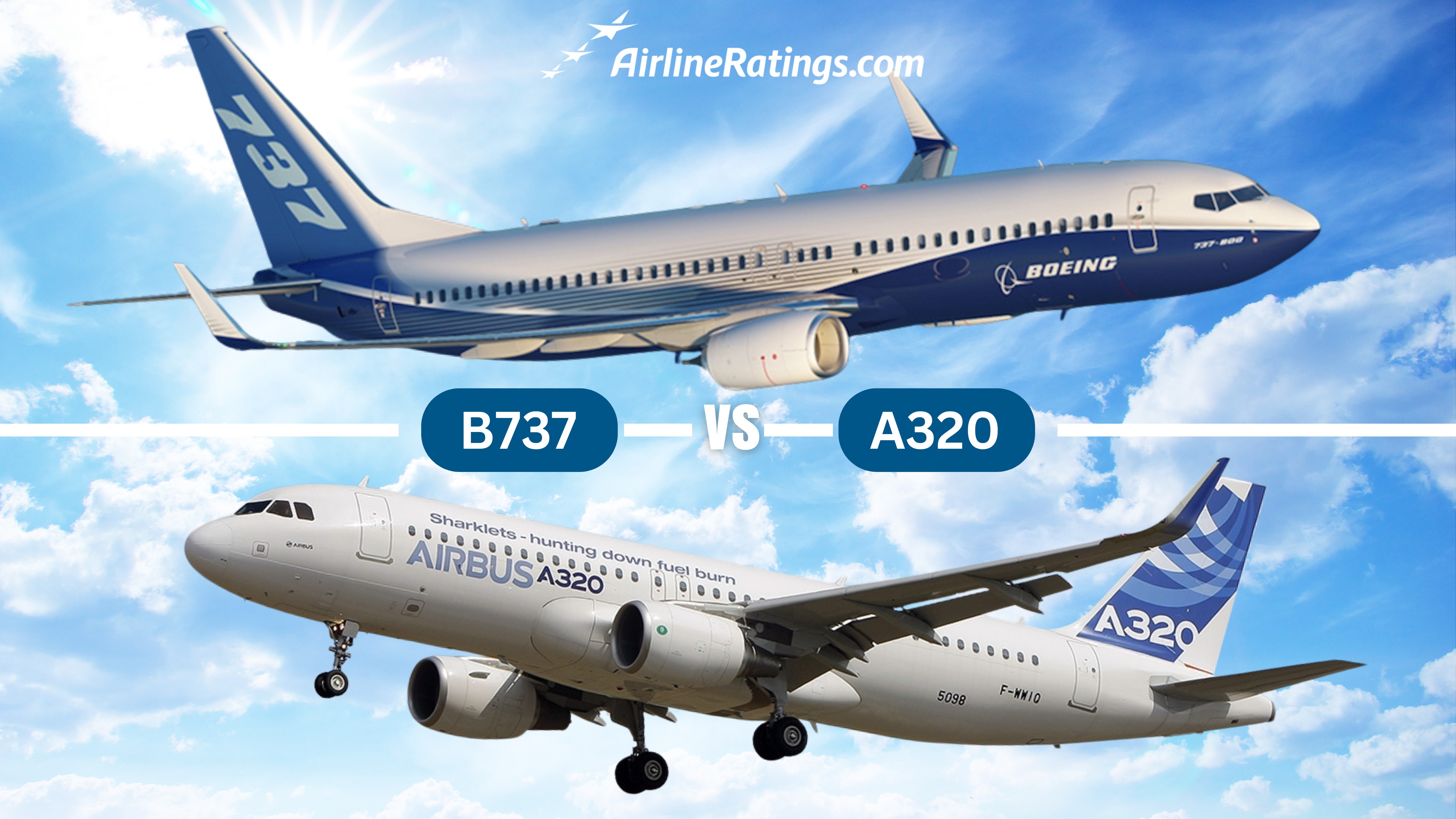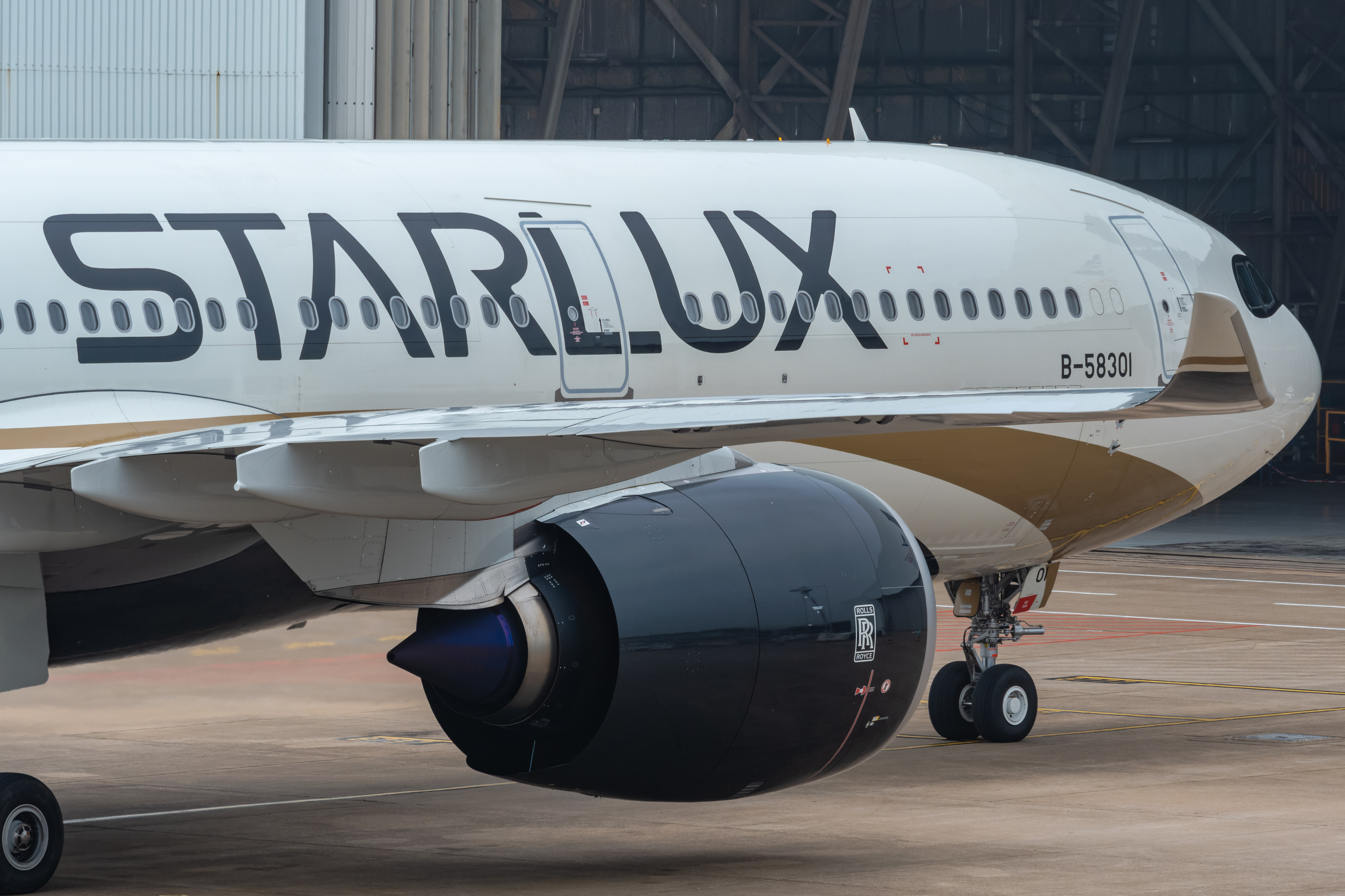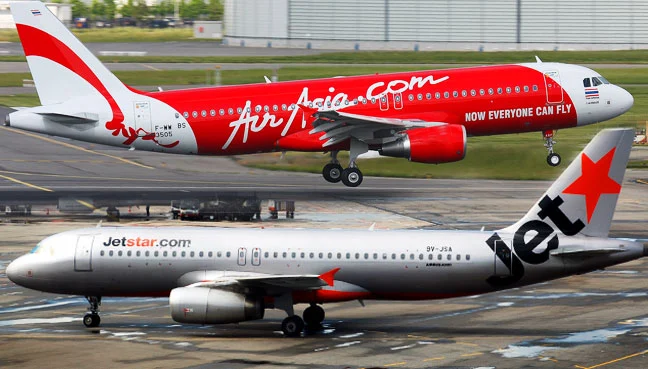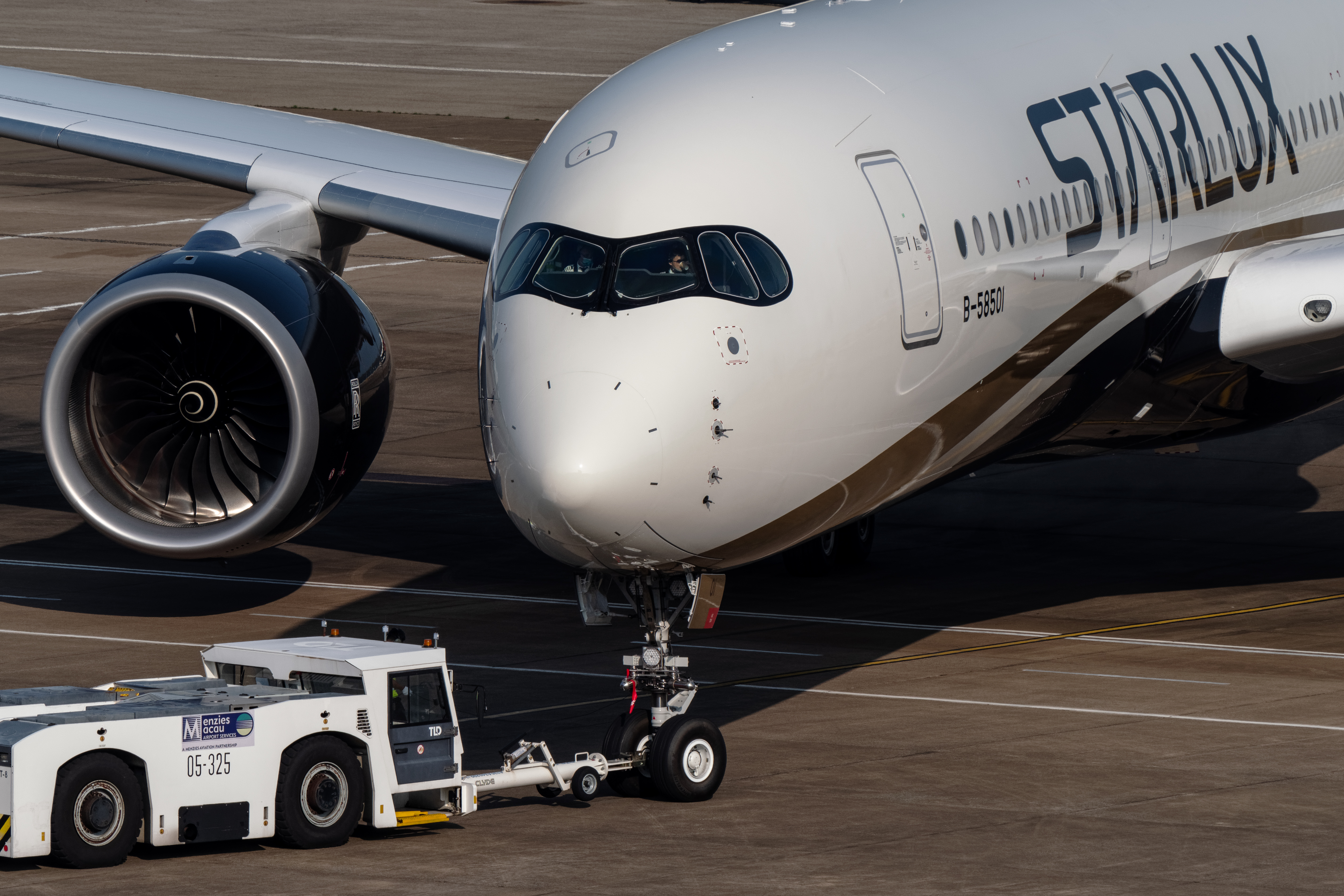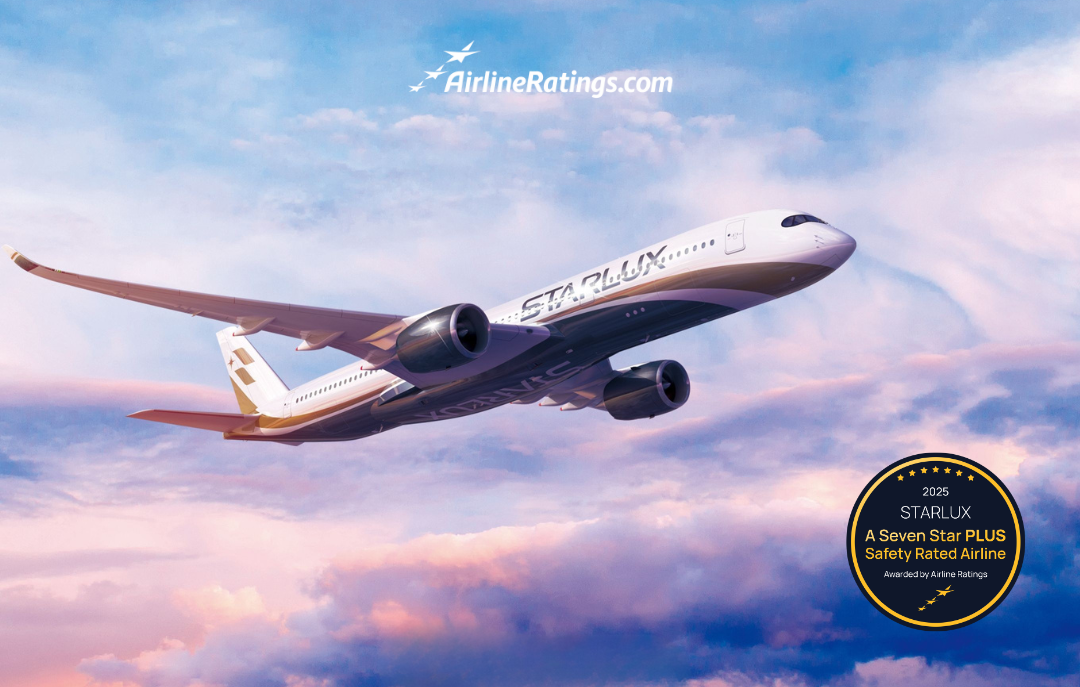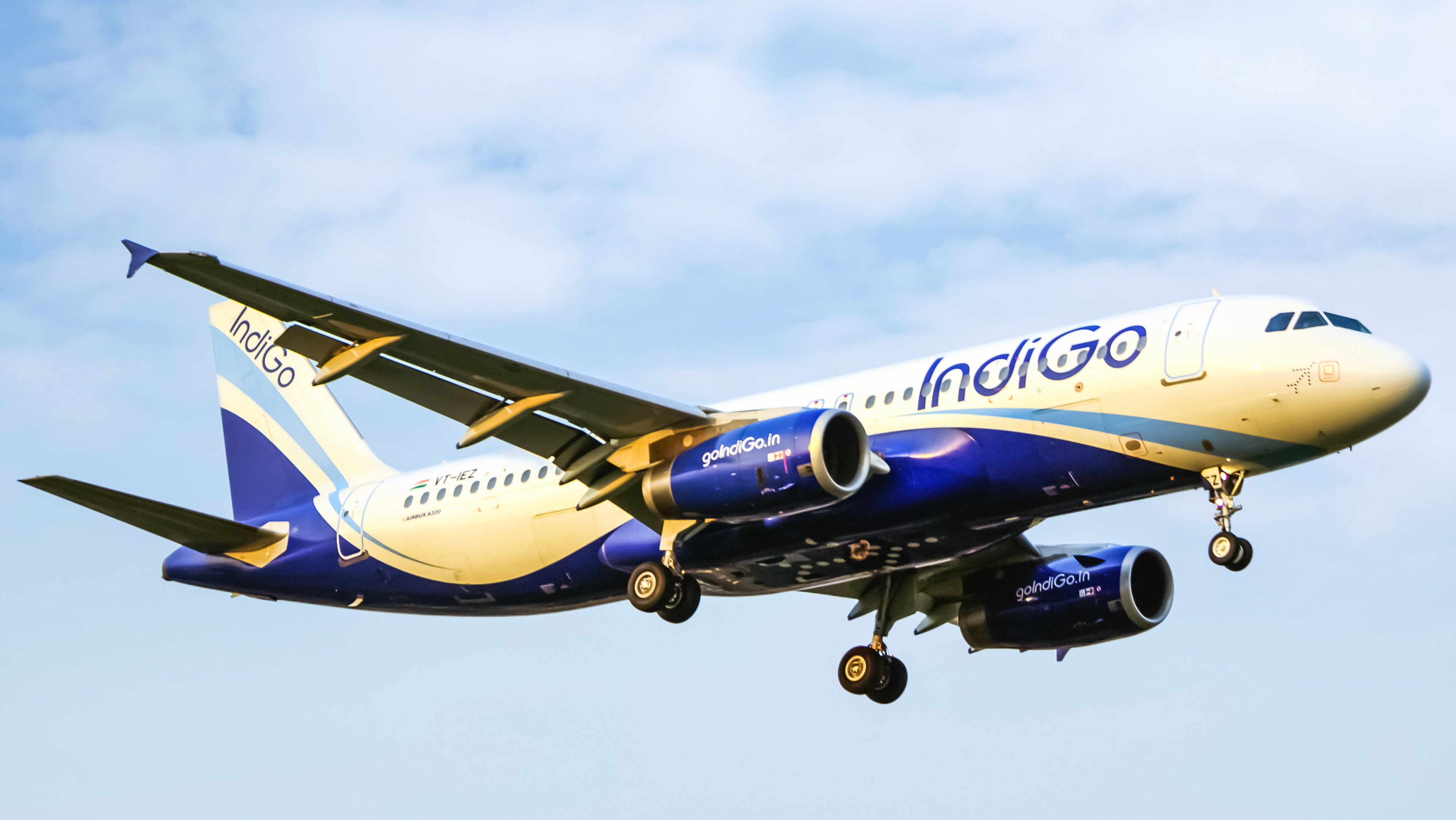
By Dev Lunawat
Published Tue Sep 16 2025
Boeing introduced the original 737 in the late 1960s to serve short-haul routes for U.S. carriers. Over the decades, it has evolved through the Classic, Next Generation (NG), and MAX variants, allowing it to remain competitive for more than 50 years.
Airbus responded in the 1980s with the launch of the A320, notable for pioneering fly-by-wire controls and the side-stick cockpit. The A320 family has since developed into the ceo (current engine option) and neo (new engine option) variants. Together, the 737 and A320 families continue to form the backbone of short-haul fleets worldwide.
Design Philosophies: Structure and Cockpit
Airbus designed the A320 family around a modern fly-by-wire control system and a highly common cockpit layout, making it easier for pilots to transition across different Airbus aircraft types. Its side-stick controller and computer law protections define how pilots interact with the aircraft, placing more emphasis on system-managed flight parameters.
By contrast, Boeing’s 737 retains a more traditional design philosophy, with a control column (yoke) that preserves a natural, hands-on flying feel. While later 737 generations incorporated greater automation and aerodynamic refinements, the yoke and Boeing’s characteristic handling philosophy have remained. These contrasting approaches influence pilot training, procedural standardization, and even pilot preference.
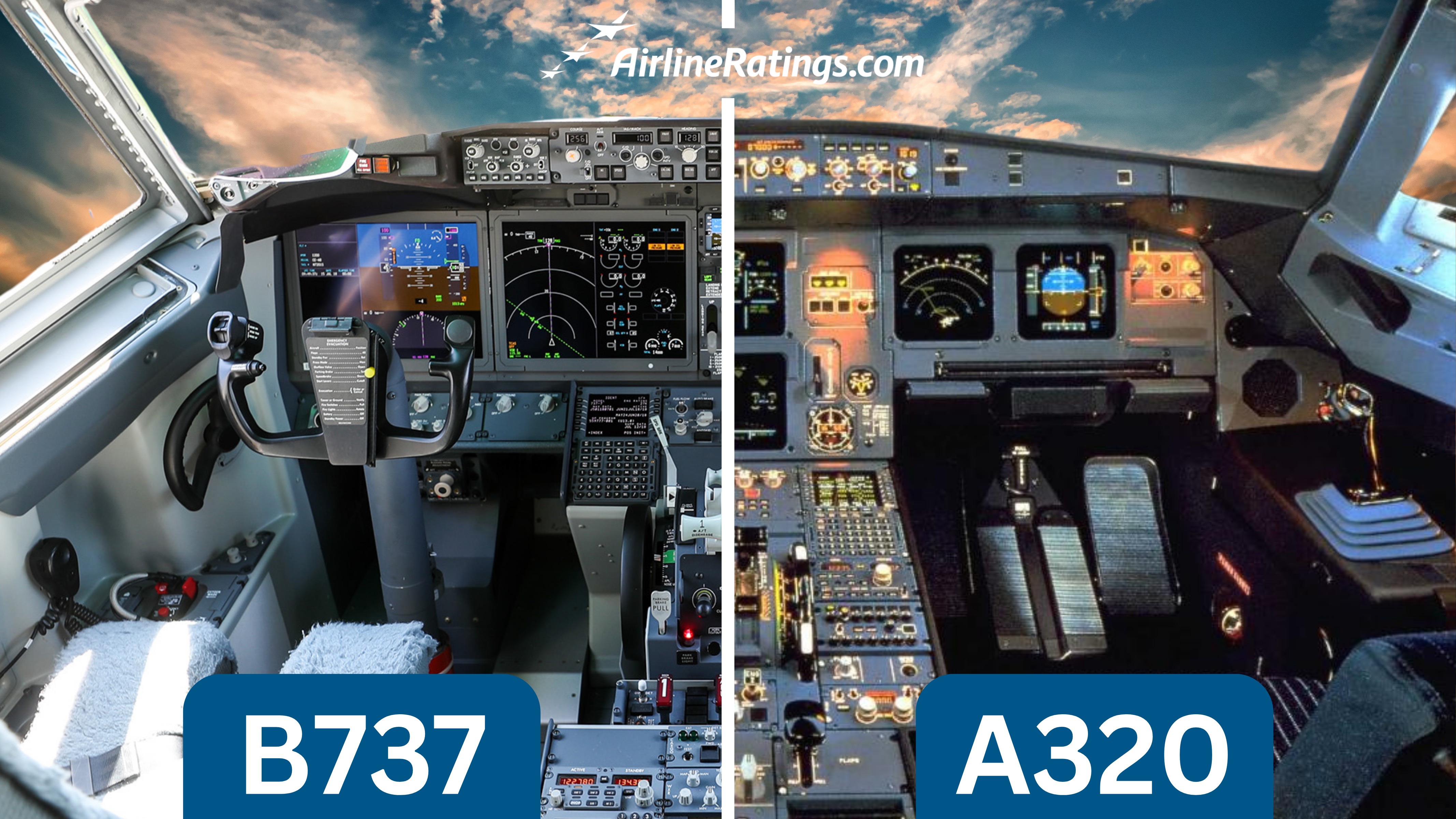
Older vs Newer Models: What Changed
Both the Airbus A320 and Boeing 737 families have undergone significant updates to improve fuel efficiency and competitiveness. Airbus moved from the A320ceo to the A320neo, introducing new CFM LEAP or Pratt & Whitney GTF engines, sharklets, and aerodynamic refinements that together deliver around a 15–20 percent reduction in fuel burn per seat. Boeing advanced from the 737NG to the 737 MAX with larger, more efficient LEAP-1B engines and aerodynamic tweaks, designed to close the efficiency gap with Airbus’s neo family. The MAX program has also been shaped by high-profile developments in certification and airworthiness, widely reported across the industry.
Operational and Airline-Level Differences
Airlines weigh multiple factors when choosing between the two families, including purchase price, fleet commonality, maintenance ecosystems, and network requirements. The A321neo, a stretched member of the A320 family, has become a market leader for airlines looking for extra range and capacity in the narrowbody sector. Boeing’s MAX family competes closely on trip economics, with both manufacturers offering variants optimized for low-cost carriers as well as full-service airlines.
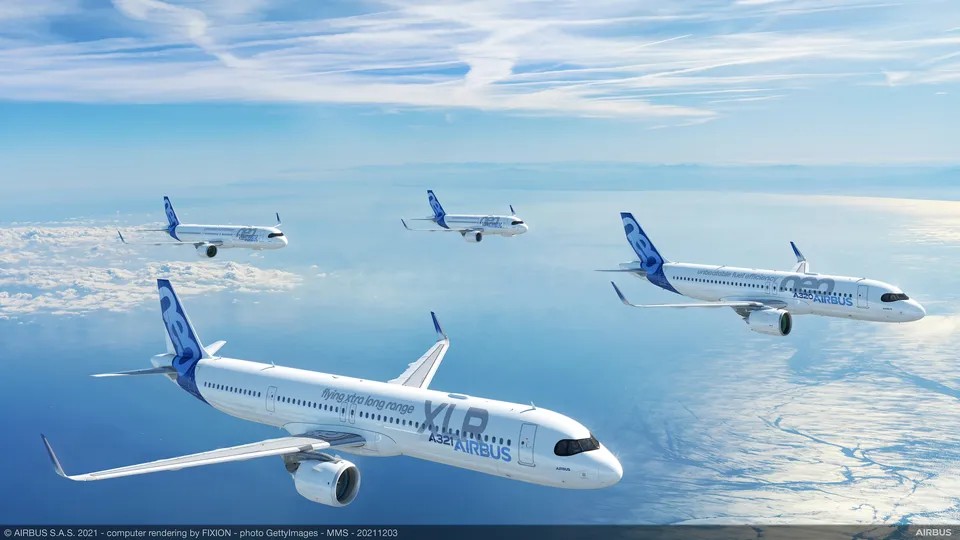
Passenger Experience
For travelers, the differences are more subtle. Cabin width and seat layouts vary slightly, but overall comfort depends far more on the airline than the airframe. Airbus’s Airspace cabin and Boeing’s Sky Interior highlight different design philosophies, but features like noise levels, lighting, seat pitch, and overhead bin capacity are largely determined by the individual carrier’s fit-out choices.
Safety, Certification and Real-World Performance
Both families are mainstays of global aviation, operating thousands of flights daily and certified by regulators worldwide. The A320neo family has quickly built a strong operational record, logging millions of hours within its first decade in service and demonstrating measurable reductions in fuel burn and noise. Boeing’s 737 remains one of the most produced and historically significant airframes ever built. When interpreting safety headlines, it is important to distinguish between isolated incidents, long-term fleet statistics, and program-specific regulatory developments.
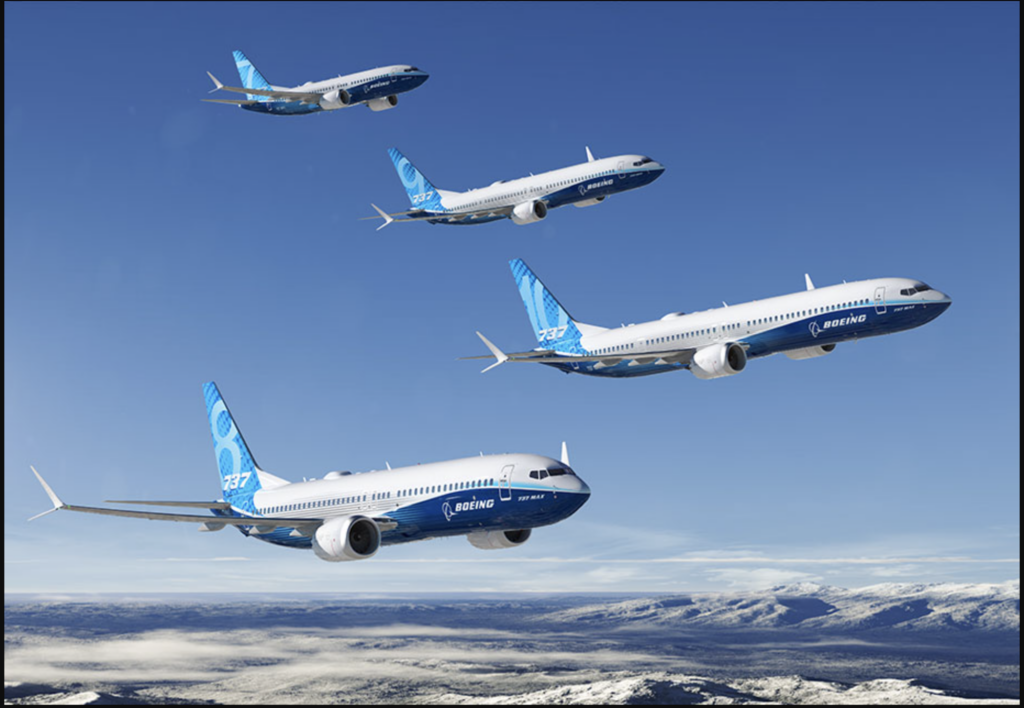
The Future: Evolution, Not Instant Replacement
Neither Airbus nor Boeing has announced a direct, immediate successor to their narrowbody workhorses. Airbus is exploring advanced propulsion concepts, including open-fan engine designs, as part of longer-term replacement studies. Boeing continues to refine the MAX while researching aerodynamic and propulsion advances. In parallel, the narrowbody market may see new entrants and alternative propulsion concepts before a full generational leap emerges.
Bottom Line
Put simply: Airbus delivers a modern cockpit philosophy with efficient engines and a slightly wider cabin, while Boeing emphasizes traditional control feel backed by decades of heritage and incremental efficiency gains. For airlines and pilots, the choice is strategic, shaped by cost and operational needs. For passengers, the difference often comes down to seat width, cabin layout, and the quality of service offered by the airline. Together, the 737 and A320 remain the most successful narrowbodies in history—and they are poised to dominate the skies for many years to come.
